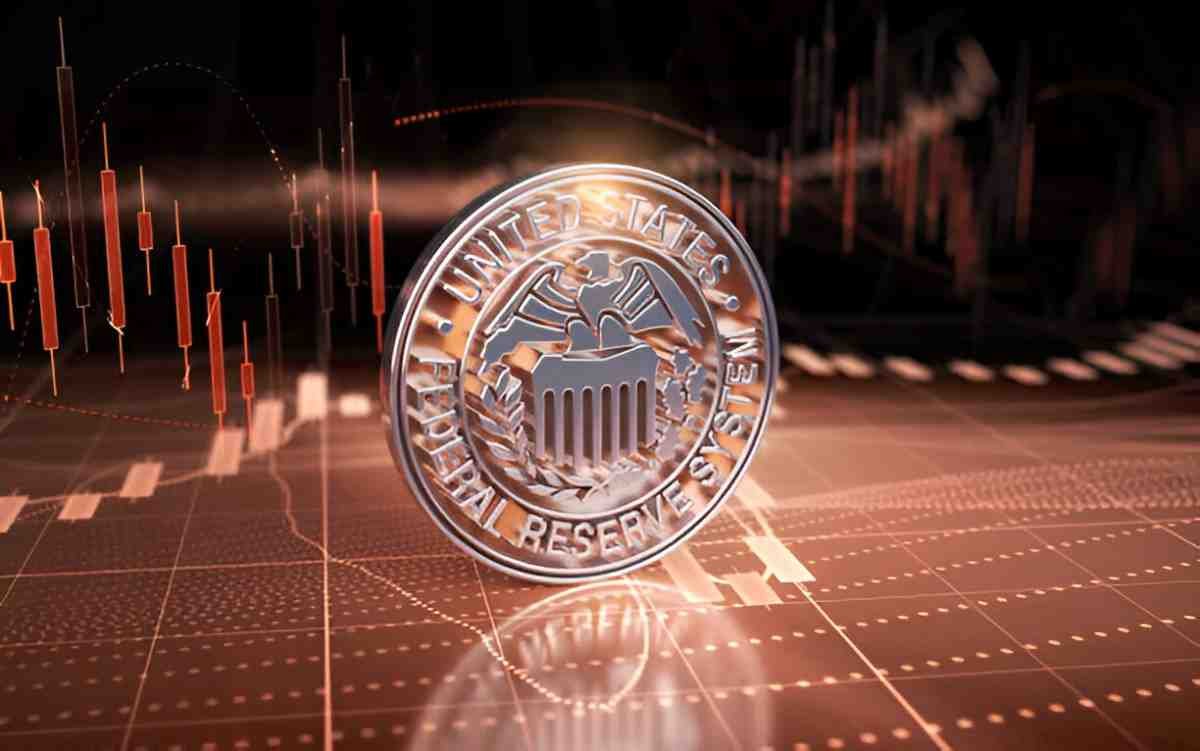The Federal Reserve System, often referred to simply as the Fed, is a critical institution in the United States responsible for overseeing monetary policy, regulating financial institutions, and maintaining stability in the economy. This article aims to explain what the Federal Reserve System is, outline its functions and structure, provide examples of its activities, and discuss its impact on the economy.
Table of Contents
What is the Federal Reserve System?
Definition
The Federal Reserve System is the central banking system of the United States, established by Congress in 1913 through the Federal Reserve Act. It serves as the nation’s central bank and is responsible for conducting monetary policy, regulating banks, and providing financial services to the government and financial institutions. The Federal Reserve System consists of the Board of Governors in Washington, D.C., and twelve regional Federal Reserve Banks located across major cities in the U.S.
Key Functions of the Federal Reserve System
The Federal Reserve System performs several essential functions to promote economic stability and growth:
- Monetary Policy: The Fed formulates and implements monetary policy to achieve maximum employment, stable prices (low inflation), and moderate long-term interest rates. It uses tools like open market operations, discount rate changes, and reserve requirements to influence the money supply and interest rates.
- Regulation and Supervision: The Fed regulates and supervises banks and other financial institutions to ensure the safety and soundness of the banking system. It sets regulations, conducts examinations, and takes corrective actions to maintain financial stability.
- Financial Services: The Fed provides various financial services, including clearing checks, processing electronic payments, and distributing currency and coin to banks and the public.
Structure of the Federal Reserve System
The Federal Reserve System consists of the following components:
- Board of Governors: Located in Washington, D.C., the Board of Governors is the main governing body of the Federal Reserve System. It is composed of seven members appointed by the President and confirmed by the Senate, each serving a 14-year term.
- Federal Reserve Banks: There are twelve regional Federal Reserve Banks, each serving a specific district within the U.S. These banks operate independently but coordinate on national monetary policy under the oversight of the Board of Governors.
Examples of Federal Reserve Activities
Example 1: Setting Interest Rates
- Nature: The economy experiences high inflation.
- Action: The Federal Open Market Committee (FOMC), the policymaking body of the Fed, decides to raise the federal funds rate target.
- Impact: Banks increase their interest rates on loans and mortgages, influencing consumer borrowing and spending behavior to combat inflationary pressures.
Example 2: Financial Crisis Response
- Nature: During the 2007-2008 financial crisis, the Fed takes decisive actions to stabilize the financial system.
- Action: The Fed provides liquidity to banks through emergency lending programs, purchases of troubled assets, and coordinated efforts with other central banks globally.
- Outcome: These interventions help restore confidence in financial markets, prevent bank failures, and mitigate the severity of the economic downturn.
Impact of the Federal Reserve System
The Federal Reserve System has a profound impact on the U.S. economy:
- Economic Stability: By adjusting interest rates and managing the money supply, the Fed aims to stabilize prices, promote full employment, and smooth out economic fluctuations.
- Financial System Integrity: The Fed’s regulatory oversight ensures that banks operate prudently, reducing the risk of financial crises and protecting depositors’ funds.
- Global Influence: The Fed’s policies and actions can have global repercussions, influencing global financial markets and economies.
Reference and Authority
The Federal Reserve derives its authority from the Federal Reserve Act and subsequent amendments, granting it the power to conduct monetary policy, regulate financial institutions, and provide financial services. It operates independently within the government, with its decisions guided by its dual mandate of promoting maximum employment and stable prices.
Conclusion
In conclusion, the Federal Reserve System is a cornerstone of the U.S. financial system, playing a pivotal role in managing monetary policy, regulating banks, and maintaining economic stability. Its actions impact interest rates, inflation, employment, and overall economic conditions, affecting businesses, consumers, and financial markets nationwide. Understanding the functions and structure of the Federal Reserve System is essential for comprehending its influence on the economy and its role in promoting sustainable economic growth and financial stability.




